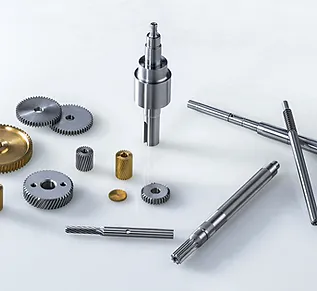Part Assembly
Part Assembly: The Art and Science of Crafting Perfect Parts

FAQ Part Assembly
Increased efficiency: Automated assembly is faster and more efficient than manual assembly, which makes it ideal for high-volume production runs.
Consistent quality: Automated assembly ensures consistent quality, as the process is controlled by machines and robots, which eliminates the possibility of human error.
Reduced labor costs: Automated assembly reduces labor costs, as it eliminates the need for manual labor and reduces the number of workers required.
Versatility: Manual assembly is suitable for small production runs, as it allows for the use of different assembly techniques for different parts.
Cost-effective: Manual assembly is often more cost-effective for small production runs, as it does not require the investment in expensive machinery.
Flexibility: Manual assembly can be easily adapted to changes in the design of the parts being assembled.
Precision is key to successful Part Assembly, as even the slightest deviation from the correct specifications can result in the failure of the final product. This is why it is essential to use high-precision machinery and tools to ensure that each component is assembled with the utmost care and accuracy.
Part Assembly is the process of putting together individual components to form a complete product.
The two main categories of Part Assembly are manual assembly and automated assembly.
The advantages of manual assembly include versatility, cost-effectiveness, and flexibility.
The advantages of automated assembly include increased efficiency, consistent quality, and reduced labor costs.
The science behind Part Assembly involves a combination of mechanical engineering, materials science, and manufacturing engineering. It requires a deep understanding of the properties of different materials and how they interact during the assembly process.
Precision is important in Part Assembly because even the slightest deviation from the correct specifications can result in the failure of the final product.
